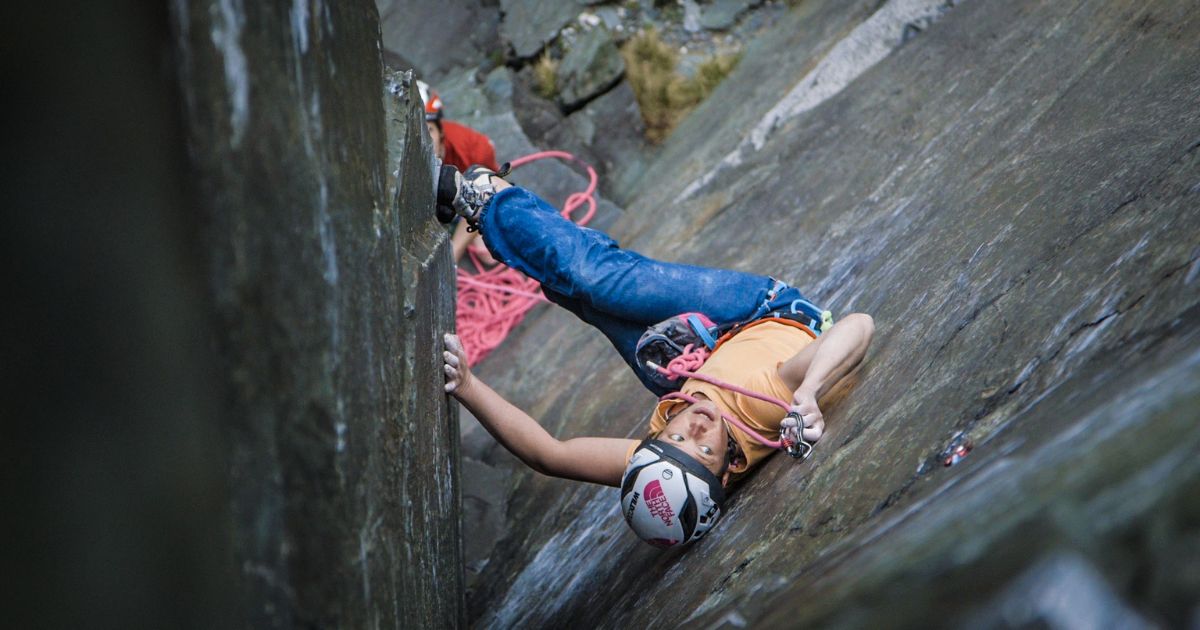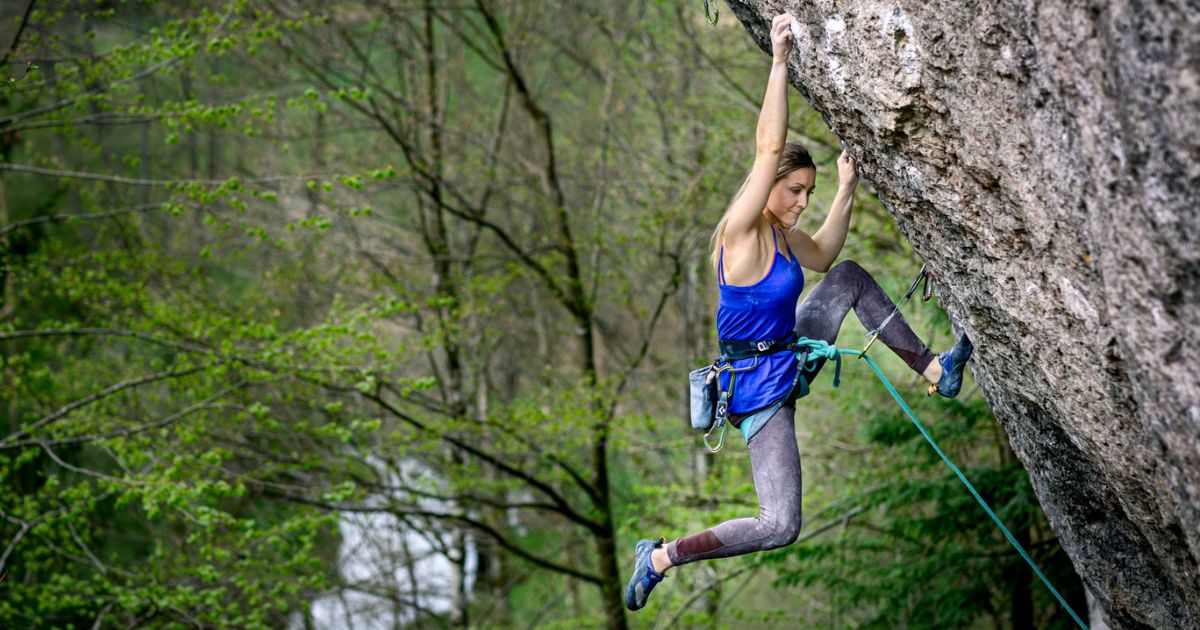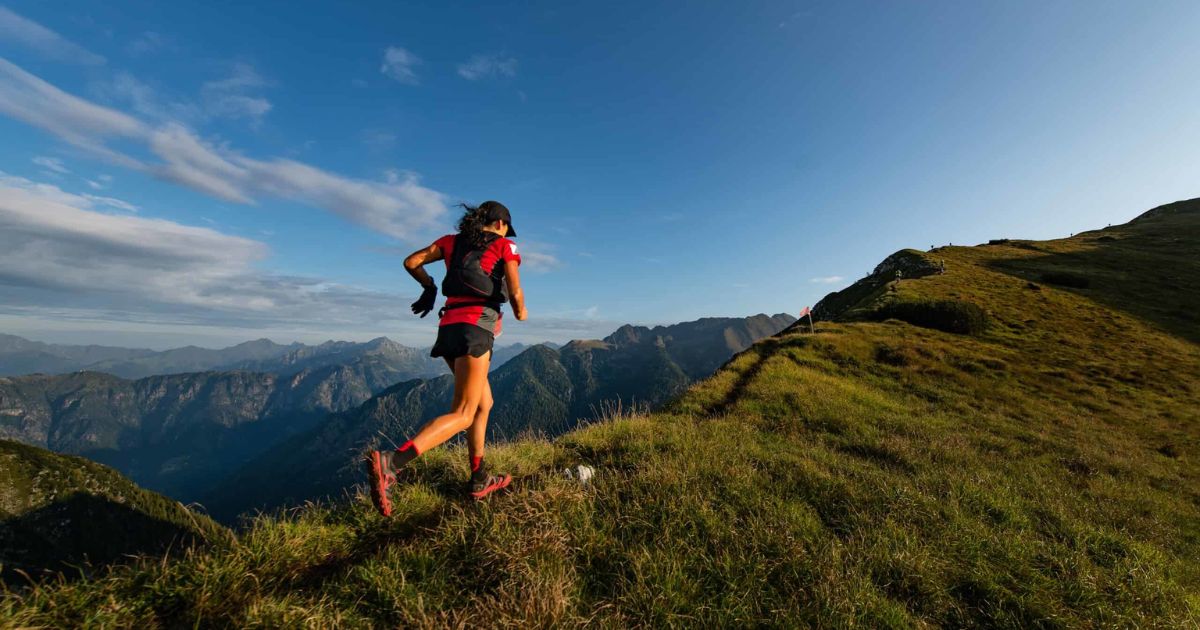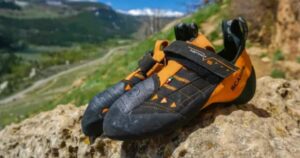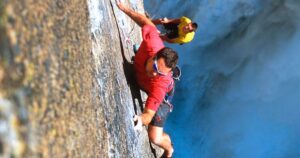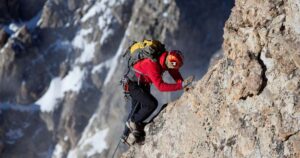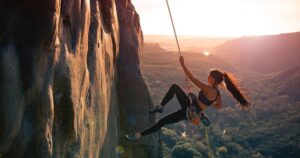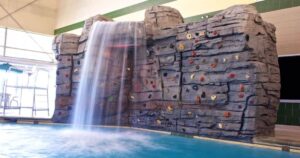Imagine standing at the base of a towering cliff, feeling a surge of adrenaline as you prepare to embark on a thrilling ascent. This is the essence of crag climbing – an exhilarating sport that combines physical endurance, mental agility, and a deep connection to nature. In this article, we will delve into the world of crag climbing, exploring its rich history, essential equipment, techniques, and safety tips. Whether you’re a seasoned climber or a curious beginner, join us as we unravel the wonders of this captivating activity.
Key Takeaways
- Crag climbing has a rich history that dates back centuries, with the Greeks and Romans practicing climbing for military purposes.
- Crag climbing has evolved into a popular sport enjoyed worldwide.
- Routes are categorized based on factors such as steepness, hold size, and required techniques.
- Safety should always be prioritized when climbing at these locations.
History of Crag Climbing
Crag climbing, also known as rock climbing, has a rich history that dates back centuries, characterized by the ascent of natural rock formations using specialized equipment and techniques. The origins of crag climbing can be traced back to various ancient civilizations, including the Greeks and Romans, who practiced the art of scaling cliffs and mountains for military purposes. However, it was not until the late 18th and early 19th centuries that rock climbing began to evolve into a recreational activity.
During this time, pioneering climbers in Europe started exploring the mountains and pushing the boundaries of what was considered possible. With advancements in equipment and the development of new climbing techniques, crag climbing has evolved into a popular sport enjoyed by enthusiasts worldwide. Today, climbers continue to push their limits, exploring new heights and challenging themselves both physically and mentally.
Types of Crag Climbing Routes
When it comes to crag climbing routes, there are several important points to consider. First, understanding the difficulty levels of different routes is crucial for climbers to choose the ones that match their skill level. Additionally, knowing the top crag climbing spots around the world can provide enthusiasts with exciting destinations to explore. Lastly, prioritizing safety measures such as proper gear and techniques is essential to ensure a successful and secure climbing experience.
Difficulty Levels Explained
How are the difficulty levels of crag climbing routes classified and explained? When it comes to crag climbing, routes are categorized based on their difficulty levels, which are determined by various factors such as the steepness of the wall, the size and shape of the holds, and the techniques required to complete the climb. Here are five common difficulty levels that climbers encounter:
- Beginner: These routes are perfect for those new to climbing, with easy holds and straightforward moves.
- Intermediate: These routes challenge climbers with more complex movements and require a good understanding of basic climbing techniques.
- Advanced: Climbers at this level face steeper walls, smaller holds, and more intricate sequences that demand advanced climbing skills.
- Expert: Reserved for highly skilled climbers, these routes are extremely challenging, featuring overhanging walls, tiny holds, and demanding physical strength and endurance.
- Elite: These routes are the pinnacle of difficulty, reserved for the most experienced climbers who possess exceptional strength, agility, and mental focus.
Now that we have a better understanding of the difficulty levels, let’s explore some of the top crag climbing spots around the world.
Top Crag Climbing Spots
To explore the top crag climbing spots and the various types of routes available, it is essential to delve into the distinctive characteristics and challenges presented by each location. When it comes to top crag climbing routes, there are several popular crag climbing destinations that stand out. Yosemite National Park in California is renowned for its granite cliffs and offers climbers a range of challenging routes, including the iconic El Capitan.
In Europe, the limestone cliffs of Kalymnos Island in Greece attract climbers from around the world, with its vertical walls and overhanging routes. In the United Kingdom, the Peak District’s gritstone crags provide a diverse selection of climbs, from delicate slabs to fierce overhangs. These top crag climbing spots offer a variety of routes that cater to climbers of all skill levels. Transitioning into the subsequent section about safety measures for climbers, it is important to note that while these destinations provide thrilling experiences, climbers must also prioritize their safety.
Safety Measures for Climbers
Crag climbers must adhere to safety measures when navigating different types of routes. To ensure a safe and enjoyable climbing experience, climbers should employ various climbing techniques and be aware of common injuries that can occur. Here are five important safety measures for climbers to consider:
- Proper equipment: Climbers should always use a helmet, harness, and appropriate footwear to protect themselves from potential falls or rockfalls.
- Route assessment: Before beginning a climb, it is crucial to carefully evaluate the route, checking for loose rocks, unstable holds, or potential hazards.
- Secure anchoring: Climbers should utilize reliable anchors and practice proper rope management techniques to ensure stability and prevent falls.
- Communication: Clear and effective communication between climbers is essential to ensure everyone is aware of potential dangers and can react accordingly.
- Injury prevention: Climbers should be familiar with common injuries such as sprains, strains, and rope burns, and take steps to avoid them through proper technique and warm-up exercises.
Essential Equipment for Crag Climbing
When it comes to crag climbing, having the right equipment is essential for a safe and successful ascent. Three key points to consider are rope length requirements, must-have protective gear, and equipment weight considerations. Properly measuring and selecting the appropriate length of rope is crucial to ensure you can reach the desired climbing routes and safely descend. Additionally, investing in protective gear such as helmets, harnesses, and climbing shoes is necessary to protect yourself from potential hazards. Lastly, considering the weight of your equipment is important for both comfort and ease of movement while climbing.
Rope Length Requirements
The proper length of rope is an essential equipment requirement for crag climbing. When considering rope length, there are several factors to take into account. Here are some rope length considerations for crag climbing:
- Route length: The length of the climb will determine the minimum rope length required. Longer routes will require more rope to safely navigate the entire climb.
- Belaying distance: The distance between the climber and the belayer is another important consideration. Sufficient rope length is necessary to allow for a safe and effective belaying process.
- Rope stretch: It is important to consider the amount of stretch in the rope. A longer rope may be required to account for any potential stretch during a fall.
- Rope management: Longer ropes may be necessary for managing rope drag or traverses on the climb.
- Safety margin: It is always recommended to have a safety margin when selecting rope length. Having extra rope can provide flexibility in case of unforeseen circumstances.
Must-Have Protective Gear
To ensure safety and protection while crag climbing, it is imperative to have the necessary protective gear. Proper gear selection is crucial in order to minimize the risks associated with this adventurous activity. The importance of protective gear cannot be overstated, as it serves as a safeguard against potential injuries and accidents. The table below outlines the must-have protective gear for crag climbing:
| Protective Gear | Description |
|---|---|
| Helmet | Protects the head from falling rocks and impacts |
| Harness | Provides a secure attachment point for the climber |
| Climbing Shoes | Offers grip and support on rocky surfaces |
These essential pieces of gear play a vital role in ensuring the climber’s safety and should not be overlooked. As we move on to the next section on equipment weight considerations, it is important to keep in mind that the gear should be lightweight without compromising on protection.
Equipment Weight Considerations
Continuing the discussion on crag climbing gear, it is important to consider the weight of the essential equipment. When heading out for a climb, every ounce counts, as excess weight can slow you down and hinder your performance. Therefore, it is crucial to prioritize lightweight gear without compromising on equipment durability. Here are five essential items to consider for a lighter load:
- Climbing Harness: Look for a harness that offers a balance between weight and comfort, ensuring it is durable enough to withstand the demands of climbing.
- Carabiners: Opt for lightweight carabiners that are still strong enough to securely hold your gear and provide reliable connections.
- Rope: Choose a lightweight rope that meets the necessary safety standards without sacrificing strength or durability.
- Quickdraws: Look for lightweight quickdraws that are easy to clip and maneuver while maintaining their strength and integrity.
- Choosing the Right Climbing Shoes: Select climbing shoes that are lightweight and offer a good balance between comfort and performance, ensuring a secure grip on the rock without sacrificing your ability to move.
Techniques and Skills for Crag Climbing
Developing a strong foundation of essential techniques and skills is crucial for successfully navigating crag climbing. Whether you are a beginner or an experienced climber, mastering advanced techniques and bouldering skills will enhance your climbing abilities and make your crag climbing experience more enjoyable. Here are five key techniques and skills that every crag climber should focus on:
| Technique/Skill | Description | Benefits |
|---|---|---|
| Footwork | Proper foot placement and weight distribution | Improved balance and efficiency |
| Handholds | Effective grip and hand positioning | Increased control and precision |
| Body Positioning | Proper alignment and body tension | Enhanced stability and power |
| Route Reading | Analyzing the route and planning your moves | Better decision-making and problem-solving |
| Climbing Movement | Dynamic and efficient movement on the rock | Increased fluidity and climbing speed |
Safety Tips for Crag Climbers
Now transitioning to the topic of safety tips for crag climbers, it is important to prioritize the well-being and security of climbers while navigating the challenges of crag climbing. Here are some essential safety tips to ensure a safe and enjoyable climbing experience:
- Properly inspect your gear before each climb to ensure it is in good condition.
- Always wear a helmet to protect your head from falling rocks or accidental impacts.
- Use the correct climbing techniques, such as maintaining three points of contact, to minimize the risk of falls.
- Stay hydrated and well-nourished to maintain your energy levels during the climb.
- Be aware of common crag climbing injuries, such as sprained ankles or tendon strains, and take appropriate precautions to prevent them.
Popular Crag Climbing Destinations
As climbers venture into the exciting world of crag climbing, they often find themselves exploring various popular destinations known for their challenging and exhilarating routes. One such destination is Yosemite National Park in California, renowned for its imposing granite walls and iconic climbs like El Capitan and Half Dome.
Another popular spot is Fontainebleau in France, famous for its vast forest with countless sandstone boulders that offer a playground for bouldering enthusiasts. For those seeking a unique experience, Krabi in Thailand provides breathtaking limestone cliffs and stunning views of the Andaman Sea. No matter the destination, climbers must be equipped with the right gear, including harnesses, helmets, ropes, and carabiners, and possess a solid understanding of bouldering techniques to navigate challenging routes safely and successfully.
Benefits of Crag Climbing for Physical and Mental Health
Crag climbing offers numerous benefits for both physical and mental health, making it an ideal activity for individuals seeking a challenging and rewarding outdoor experience.
- Physical benefits: Crag climbing is a full-body workout that builds strength, endurance, and flexibility. It engages muscles in the arms, legs, core, and back, helping to improve overall fitness levels. Climbing also enhances cardiovascular health, promotes weight loss, and increases bone density.
- Mental benefits: Climbing requires focus, problem-solving, and determination, which can boost cognitive function and mental agility. It provides a sense of accomplishment and self-confidence as individuals conquer challenging routes. Crag climbing also offers an opportunity to connect with nature, reducing stress and anxiety while promoting relaxation and mindfulness.
- Improved coordination: Climbing requires precise movements and coordination between the mind and body, enhancing motor skills and proprioception.
- Enhanced mental resilience: Overcoming fears and pushing personal limits during climbing can improve mental resilience and self-belief.
- Social connection: Crag climbing can be a social activity, allowing individuals to bond with like-minded climbers, and fostering a sense of belonging and community.
Frequently Asked Questions
How Do I Find a Climbing Partner for Crag Climbing?
Finding climbing partners for crag climbing can be challenging but rewarding. To find compatible partners, join local climbing clubs, attend climbing events, use online platforms, and communicate openly about goals and experiences. Building trust and camaraderie is key.
Are There Age Restrictions for Crag Climbing?
Age restrictions for crag climbing vary depending on the specific location and climbing organization. Safety precautions, such as proper training and supervision, are typically emphasized to ensure the well-being of climbers of all ages.
Can I Go Crag Climbing Alone?
When going crag climbing alone, it is crucial to take safety precautions and have the essential gear. While climbing in a group is recommended for beginners, experienced climbers can enjoy the solitude and challenge of solo climbing.
What Are Some Common Injuries in Crag Climbing and How Can They Be Prevented?
Common injuries in crag climbing include sprained or fractured limbs, tendonitis, and finger injuries. To prevent these, climbers should engage in proper warm-up exercises, use appropriate equipment, maintain good technique, and listen to their bodies for signs of overuse or fatigue.
What Are Some Alternative Activities or Exercises That Can Complement Crag Climbing Training?
Indoor climbing, yoga, and flexibility training are excellent complementary activities for crag climbing training. These exercises enhance strength, balance, and flexibility, while also providing a mental and physical challenge that complements the thrill of climbing.
Conclusion
In conclusion, crag climbing is an exhilarating sport that combines physical strength, mental focus, and sheer determination. With a rich history and various types of routes to explore, climbers must be equipped with the right gear and possess the necessary techniques and skills to navigate the challenging terrain. Safety should always be a top priority, and climbers must be aware of popular destinations that offer breathtaking views and exhilarating challenges. Overall, crag climbing offers numerous benefits for both physical and mental well-being.
